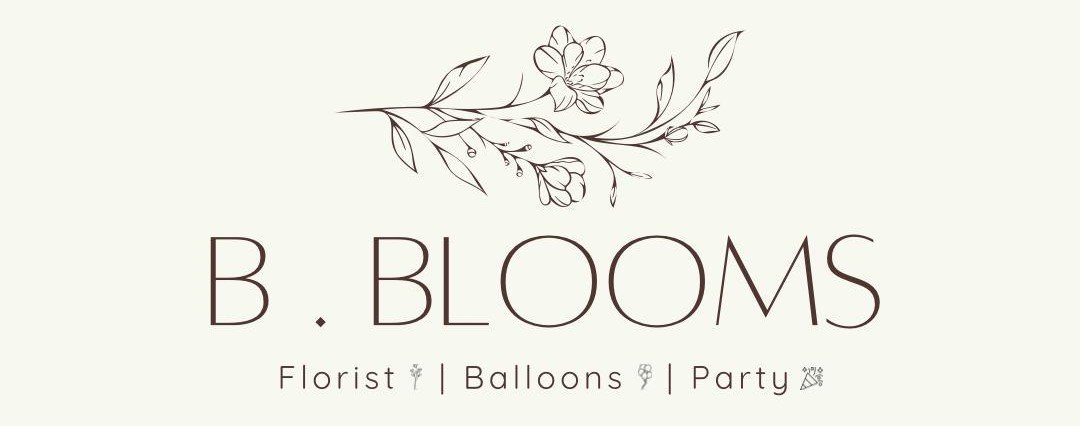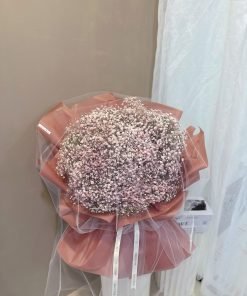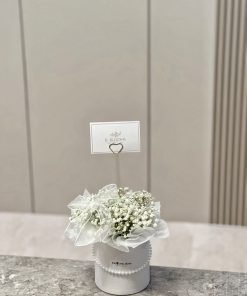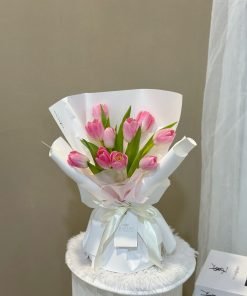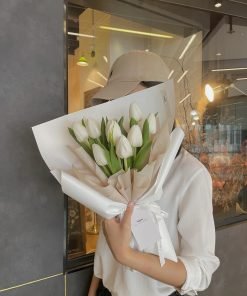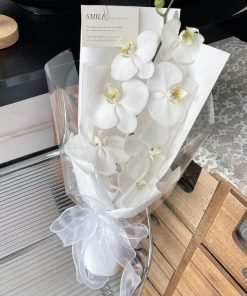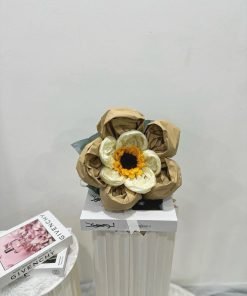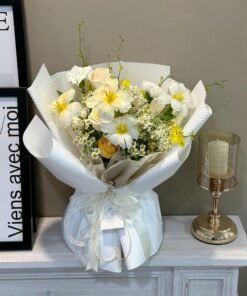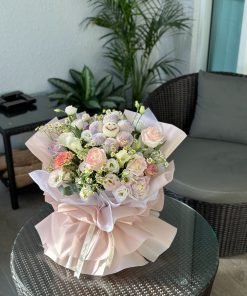The language of flowers, also known as floriography and their meaning
The language of flowers, also known as floriography, is a means of communication through the use or arrangement of flowers. This practice dates back to ancient civilizations but became particularly popular in the Victorian era. Each flower type, color, and even the way flowers are arranged carry specific meanings. Here’s a detailed description of the language of flowers:
Historical Background
- Ancient Cultures: The Greeks, Romans, Egyptians, and Chinese all used flowers to convey messages and meanings.
- Victorian Era: Floriography became a sophisticated method of communication, allowing individuals to express feelings which could not be spoken aloud in polite society.
Common Flower Meanings
- Roses
- Red: Love, passion
- White: Purity, innocence
- Yellow: Friendship, joy
- Pink: Admiration, gratitude
- Lilies
- White Lily: Purity, virtue
- Stargazer Lily: Ambition, wealth
- Lily of the Valley: Return of happiness
- Tulips
- Red Tulip: Declaration of love
- Yellow Tulip: Cheerful thoughts
- Purple Tulip: Royalty
- Daisies
- General: Innocence, purity
- Gerbera Daisy: Cheerfulness
- Orchids
- General: Exotic beauty, strength
- Pink Orchid: Grace, joy
- Carnations
- Red: Deep love, admiration
- White: Pure love, good luck
- Pink: Gratitude
- Sunflowers
- General: Adoration, loyalty, longevity
- Lavender
- General: Devotion, calmness, grace
Flower Arrangements
- Single Flower: Sending a single flower can often convey more intensity than a bouquet.
- Mixed Bouquets: Combining different flowers can blend their meanings to convey a more complex message.
- Posies: Small, hand-tied bunches often used in the Victorian era to send specific messages.
- Color Combinations: The choice of colors in a bouquet adds another layer of meaning. For example, a mix of red and white roses can signify unity or togetherness.
Contextual Uses
- Gifts: Flowers are given on various occasions like anniversaries, birthdays, and condolences, each with specific types chosen for the event.
- Decorations: Floral arrangements for weddings, parties, and home decor are selected to enhance the ambiance with their implied meanings.
- Personal Expression: Individuals might wear or display flowers that have personal significance to them.
Modern Usage
While the strict use of floriography has waned, the underlying meanings of many flowers remain in popular culture. Florists often use these traditional meanings to help customers choose the right flowers for their needs, ensuring that the message conveyed is appropriate and meaningful.
In essence, the language of flowers is a beautiful, symbolic way to express emotions and messages, adding a layer of depth and meaning to the simple act of giving or arranging flowers.
